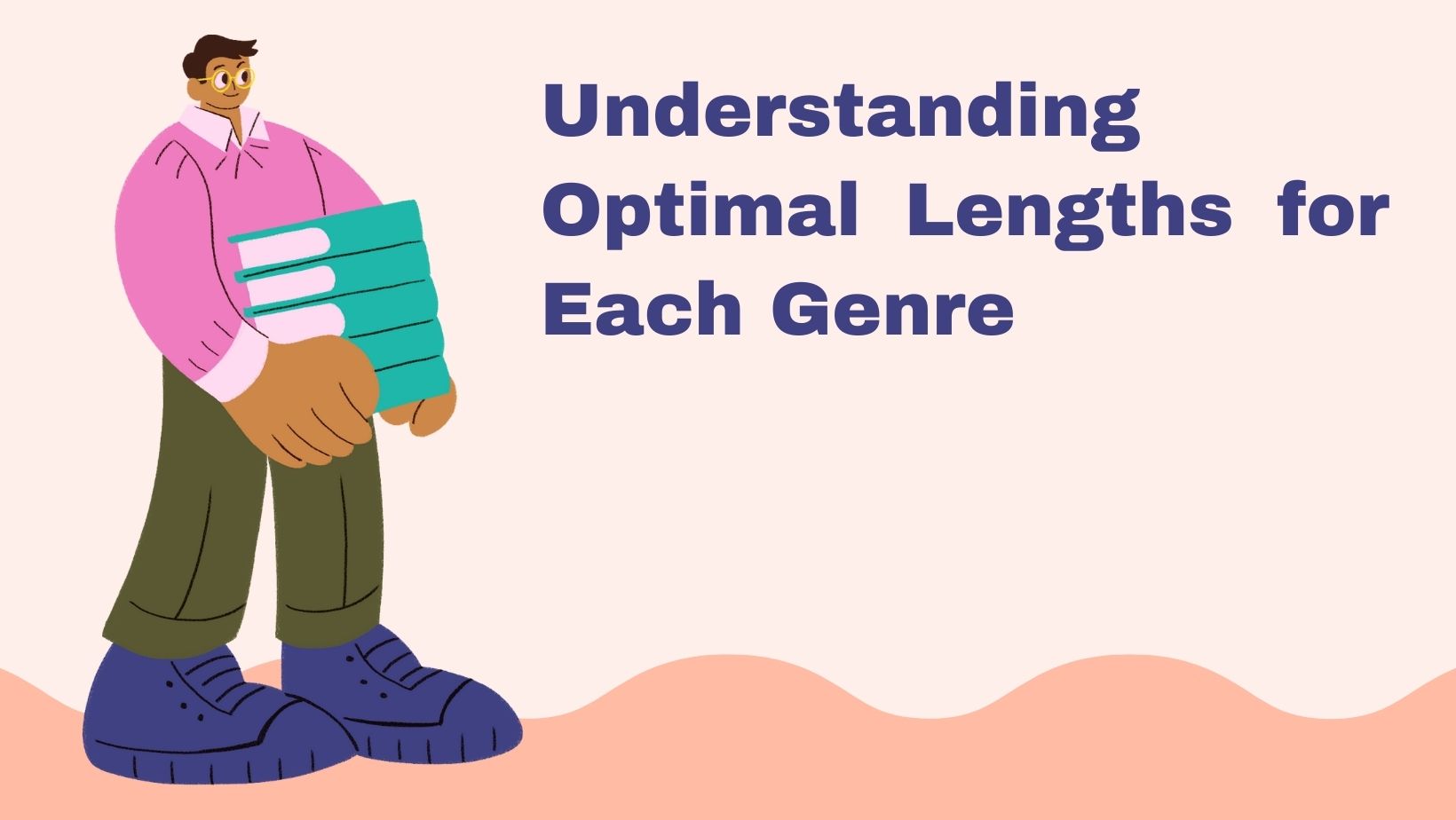If you’re aiming to create an unforgettable story that captivates your readers, look no further than the tried-and-true Three Act Structure. This framework has withstood the test of time, captivating audiences across various genres and eras, from ancient Greek drama to modern masterpieces like The Lord of the Rings. Whether you’re penning a concise blog post or an epic novel, understanding the fundamentals of successful storytelling is invaluable, and it all begins with mastering the foundation: the three-act structure.
One of the most tried-and-true methods of achieving this is the Three-Act Structure, a narrative model that divides a story into three distinct sections: Setup, Confrontation, and Resolution. Let’s delve deeper into how to follow this structure for captivating and compelling plots. This narrative model structures a story around three distinct sections or ‘acts’, providing a blueprint for pacing, character development, and plot progression. Here’s how you can utilize the three-act structure to create compelling plots for your stories.
Table of Contents
Purpose of Three Act Structure
As a writer, your goal is to take your readers on an unforgettable journey, and the three-act structure can help you achieve just that. This story structure involves dividing your narrative into three distinct parts: the setup, the confrontation, and the resolution. The first act, the setup, introduces your characters, setting, and conflict. In the second act, the confrontation, the protagonist faces obstacles and challenges that heighten the stakes and intensify the story’s engagement.
Finally, in the third act, the resolution is achieved, conflicts are resolved, and the story reaches a satisfying conclusion. Employing the three-act structure enables you to craft a compelling story that keeps readers hooked until the very end. It provides a framework that ensures your story progresses at a steady pace and maintains the audience’s attention throughout.
Use of Three Act Structure

You may already be familiar with the three-act structure, but are you utilizing it effectively? Let’s delve into its intricacies. Act one serves as the stage setter, where you introduce your characters and establish a strong hook to keep your audience engaged and hungry for more. Act two is the heart of your story, where conflicts arise and characters face challenges that propel the narrative forward.
It is crucial to create a suspenseful arc that keeps your readers invested in the outcome. Finally, act three is the climax and resolution, where you tie up loose ends and ensure your readers feel satisfied with the conclusion. The key to employing the three-act structure effectively lies in comprehending each act and crafting compelling story arcs that keep your audience on the edge of their seats.
Engaging Plots with Three Act Structure
The three-act structure has become a storytelling staple for its ability to captivate audiences effectively. This formula has been applied across various mediums, including film, literature, and theater, guiding audiences on a journey with a clear beginning, middle, and end. The coming-of-age genre serves as a prime example, with stories like Catcher in the Rye and The Breakfast Club introducing the protagonist’s struggle, showcasing growth through trials and tribulations, and culminating in a satisfying resolution.
Horror is another genre that effectively utilises the three-act structure by instilling initial fear, escalating tension, and concluding with a climactic confrontation. In essence, the three-act structure empowers writers to create engaging plots and stories in any genre.
Character Development with Three Act Structure
While plot structure is vital, character development is equally crucial to captivating an audience. A well-developed protagonist not only resonates with readers, but also drives the plot forward, ultimately determining the success or failure of a story. Audiences yearn to witness the character’s growth and transformation, particularly when faced with challenges and obstacles, as it allows them to root for the protagonist. Therefore, investing time and effort into creating well-rounded and dynamic characters pays off in the long run, resulting in a story that deeply resonates with the audience.
Satisfying Endings with Three Act Structure
Crafting a satisfying ending is an art that requires meticulous planning and execution. With the three-act structure, writers have a framework that allows them to explore various possibilities while ensuring a powerful conclusion. Each act plays a vital role in building tension and crafting a gratifying finale. However, a satisfying ending is not solely about resolving conflicts; it should also leave a lasting impression on the reader. It should tie up loose ends, answer lingering questions, and evoke an emotional response. Achieving a successful ending demands a delicate balance of structure, creativity, and skill.
Success with Three Act Structure

As we conclude our discussion on effective writing methods, it’s essential to summarize the key points we’ve explored. Firstly, setting clear goals and objectives before embarking on your writing journey is crucial. Secondly, maintaining a consistent writing routine can help you stay motivated and on track. Additionally, embracing contrasting viewpoints and seeking feedback can significantly enhance the quality of your work. Lastly, remember that success doesn’t materialize overnight; perseverance and dedication are essential. As you continue on your writing path, remain focused, determined, and continuously refine your craft. With hard work and effort, you too can achieve success as a writer.
Conclusion
In “Pride and Prejudice,” the climax occurs when Elizabeth Bennett confronts Lady Catherine about her impending proposal from Darcy, and the denouement is her eventual marriage to Darcy, resolving their romantic tension and societal conflict. The Three-Act Structure is a powerful tool that provides a roadmap for your narrative journey. By giving a clear beginning, middle, and end, it allows you to pace your story effectively, maintaining reader interest and building up to a rewarding climax.
But remember, while this structure serves as a great guideline, it’s not set in stone. Every story is unique, and sometimes, breaking the rules can be just as exciting as following them. So, use this structure as a flexible guide to weave your compelling plot and let your creativity run wild. After all, storytelling is as much about originality and innovation as it is about following patterns.



